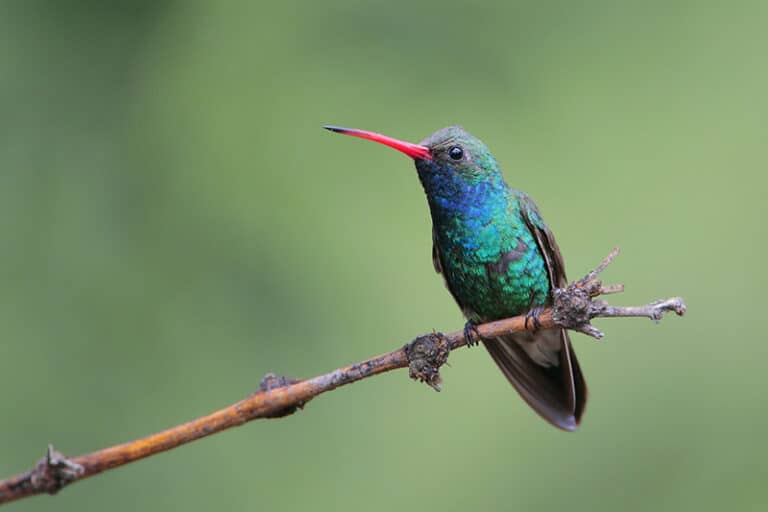Is it true that the Curve-billed Thrasher sings at night when the moon is full? Has it been scientifically proven that this bird never sings the same song twice? Of the many thrashers with curved bills, how did this species get stuck with the name?
You can find Curve-billed Thrashers all over Tucson and Southeast Arizona, but especially where they have access to the cozy thornage of cholla cactus. They almost exclusively nest in chain fruit and teddy bear cholla, 90% of the time—maybe they should be called Cactus Thrashers! If you have cholla around your home, spend some time looking for a nest—it could be occupied right now. Curve-billed Thrashers usually inhabit the same territory year to year, so if you find an old nest, the birds may still be nearby.
It may be true that these thrashers never sing the same song twice—their song has no set pattern. You’ll often hear their clear, loud mix of warbly notes as the first birds singing in the morning. Their easily recognizable whit-wheet! call is frequently the last bird sound in the Sonoran Desert just before dark. And about that Curve-billed beak—even though LeConte’s, Crissal, and California Thrashers have much more impressively-curved bills, those birds were unknown to English naturalist William John Swainson when he described the species in 1827.
If you don’t have Curve-billed Thrashers in your area, the good news is that they have readily adapted to our urban environment in Tucson, unlike the other thrashers of our region, and will usually show up after the cholla you have planted is large enough. Now the question is: how much do you like this prickliest of cozy cacti?
Image by David Kreidler




